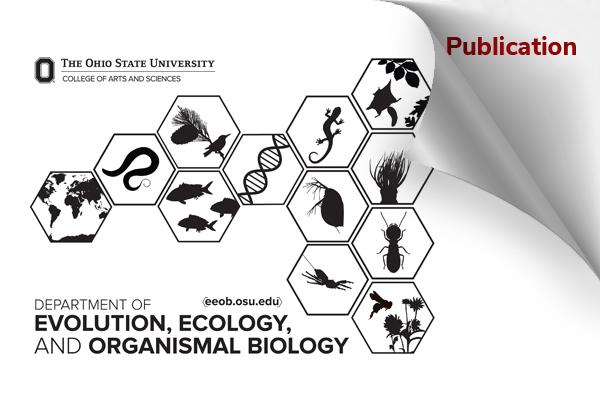EEOB Publication - Gibbs

Life history and chromosome organization determine chemoreceptor gene expression in rattlesnakes
Michael P Hogan, Matthew L Holding, Gunnar S Nystrom, Kylie C Lawrence, Emilie M Broussard, Schyler A Ellsworth, Andrew J Mason, Mark J Margres, H Lisle Gibbs, Christopher L Parkinson, Darin R Rokyta. Journal of Heredity, esae078, DOI:10.1093/jhered/esae078
Abstract
Predatory species who hunt for their prey rely on a suite of integrated characters, including sensory traits that are also used for nonpredatory behaviors. Linking the evolution of sensory traits to specific selection pressures therefore requires a deep understanding of the underlying genetics and molecular mechanisms producing these complex phenotypes. However, this relationship remains poorly understood for complex sensory systems that consist of proteins encoded by large gene families. The chemosensory repertoire of rattlesnakes includes hundreds of type-2 vomeronasal receptors and olfactory receptors, representing the two largest gene families found in the genome. To investigate the biological importance of this chemoreceptor diversity, we assessed gene expression in the eastern diamondback rattlesnake (Crotalus adamanteus) and identified sex- and age-biased genes. We found type-2 vomeronasal receptor expression in the vomeronasal epithelium was limited to juvenile snakes, suggesting the sensory programming of this tissue may be correlated with early life development. In the olfactory epithelium, we found subtle expression biases that were more indicative of life history rather than development. We also found transcriptional evidence for dosage compensation of sex-linked genes and trait integration in the expression of transcription factors. We overlay our molecular characterizations in Crotalus adamanteus onto updated olfactory receptor and type-2 vomeronasal receptor phylogenies, providing a genetic road map for future research on these receptors. Finally, we investigated the deeper macroevolutionary context of the most highly expressed type-2 vomeronasal receptor gene spanning the rise of tetrapods and estimated the strength of positive selection for individual amino acid residues in the predicted protein structure. We hypothesize that this gene may have evolved as a conserved signaling subunit to ensure consistent G-protein coupled receptor functionality, potentially relaxing signaling constraints on other type-2 vomeronasal receptor paralogs and promoting ligand binding specificity.
